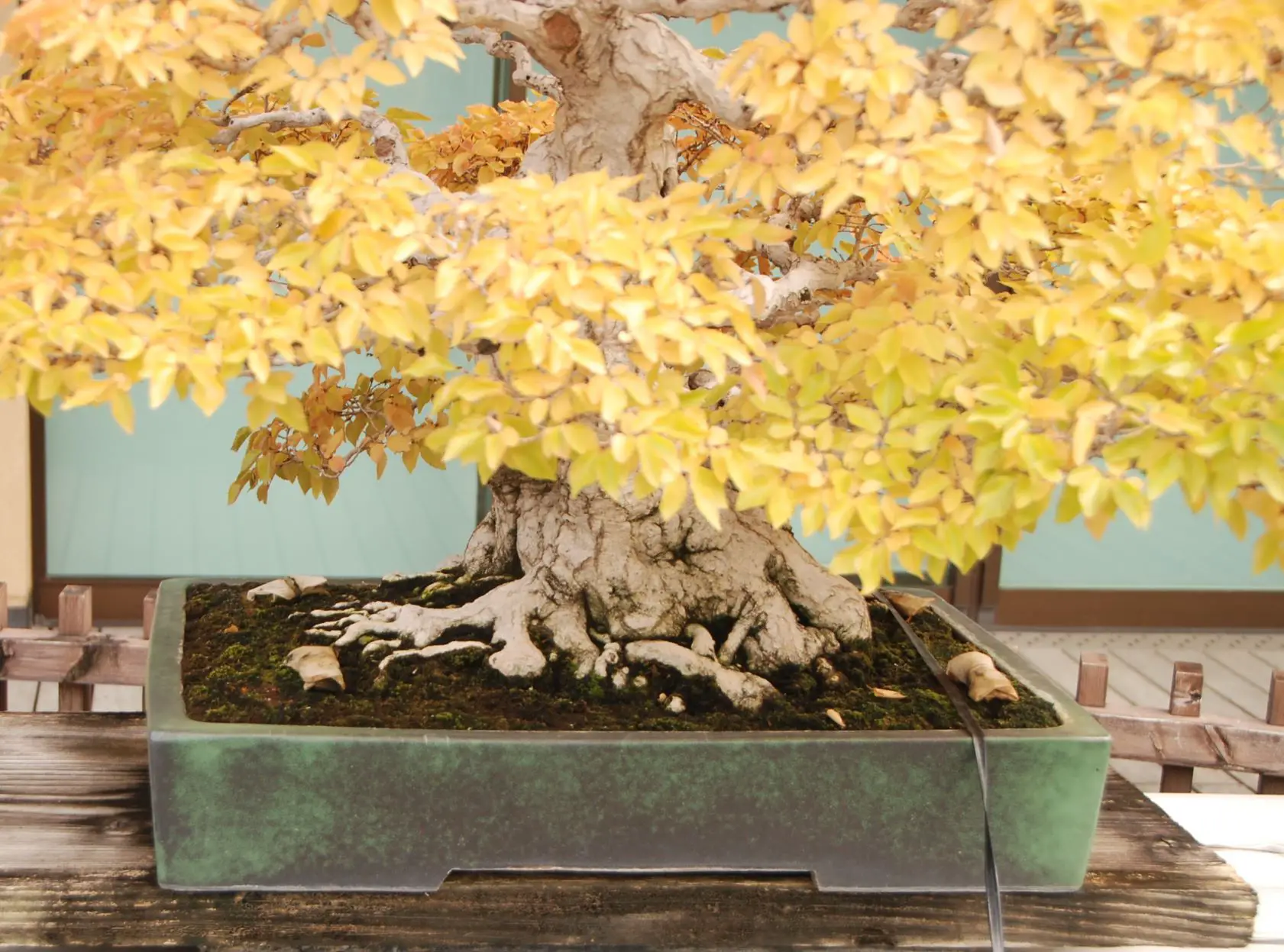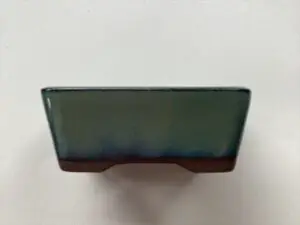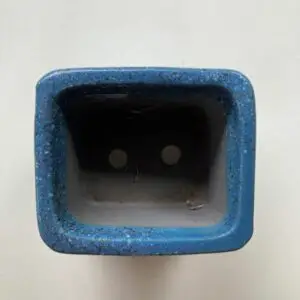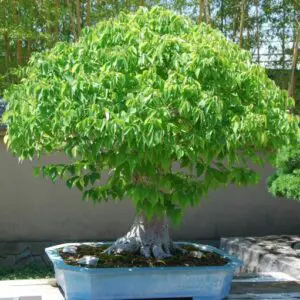Bonsai pots can be quite expensive and you might be wondering if bonsai need those special pots.
A bonsai tree does not need a special pot as long as the container, which allows aeration and water retention for roots, is shallow and small, having two or more drainage holes. That pot should match the bonsai aesthetics too.
Do bonsai need special pots?
What bonsai pots need
Bonsai trees can be grown in any pots/containers that meet certain requirements. Four important aspects to consider are (1) size, (2) material, (3) drainage, and (4) aesthetics.
Specifically, a bonsai pot needs;
- depth much shallower and size much smaller than usual pots;
- material that enables aeration and water retention;
- drainage holes of appropriate size and number at the bottom;
- to represent the landscape where the trees are growing in their natural state.
By choosing the right pot, you protect your bonsai tree from the stress that results from the container drying out too quickly, restricted root growth, or roots sitting in water and developing root rot.
What do roots need?
Bonsai pot requirements come from the needs of roots. Pot is where roots grow, and a container should give a good environment for root growth. Plant as well as bonsai roots need the following to survive and flourish:
-
- space
- air (gas exchange)
- water
- temperature
- nutrients and
- soil.
Of these, space, air and water are related to pots’ size, material and drainage.
Pot size

confined root system
For a normal plant, a pot size should match the plant’s growth. This is because restricted root growth results in decreased plant growth. Root restriction is a physical stress on the plant that causes a pronounced decrease in root and shoot growth. Flowering and fruiting are also reduced for plants in small pots.
For bonsai trees, restricted root growth is crucial; this is one of the reasons why a normal plant that can grow a few dozen feet stays small in a shallow bonsai pot. By restricting the root system to a tiny rooting volume, trunks, branches and leaves become smaller.
Thus, a bonsai pot should be much shallower and smaller than a normal potting container. If not, a bonsai tree grows to be a normal tree. A normal pot is not an option for bonsai.
Pot material
For a sound growth of the root system, a bonsai pot should allow roots to aerate, and retain water but drain it as well at the same time.
There are a variety of materials used in the plant container, of which some are good for bonsai but others are not. Aeration, drainage and water retention abilities depend on the material of the pot and a good bonsai pot has high aeration, drainage and water retention capabilities.
| Aeration | Drainage | Water retention | |
| Clay/terracotta | High | High | Low |
| Stoneware∗ | Mid-low | Mid-low | High |
| Porcelain | Low | Low | High |
| Plastic | Low | Low | High |
| Wood | High | High | Mid |
| Stone/concrete | Low | Mid | Mid |
∗Stoneware is a kind of pottery which has the characteristics of both earthenware (=clay) and porcelain.
In terms of bonsai tree health, an ordinary clay pot is the closest to the ideal as a bonsai pot. Clay pots have good aeration, drainage and adequate water retention, in addition to their heat absorption and dissipation ability which has a good effect on root growth.
For more about pot material and the bonsai tree’s health, the following post may be helpful.
Pot’s drainage holes
A good bonsai pot should have drainage holes of appropriate size and number at the bottom. It is important because roots need oxygen to respirate for their reparation and growth. The roots need water but they will drown and rot if they are always soaked in it.
The pot’s ability to drain water depends on;
-
- number of drainage holes,
- depth of the pot, and
- the surface material of the pot.
Number of drainage holes
The drainage of pots depends on the number and size of the drainage holes at the bottom. Ideally, the number of drainage holes for bonsai is two or more. The bigger size of the hole the better. One drainage hole might be acceptable depending on the depth and size of the pot but never one without a drainage hole.
Depth of the pot
The drainage also depends on the depth of the pot.
Contrary to popular belief, deep pots drain water well. The shallow pots in reality drain poorly. This is because the shallow pots cannot rely much on gravity to drain water, and once the water reaches the bottom of the pot, which is usually flat, water will not move to drainage holes on its own.
A bonsai pot should be shallow to keep the tree small but if you can choose a deeper pot, it is better for drainage.
Surface material of the pot
As to the pots’ surface, unglazed pots have better drainage than those with glaze because the water in unglazed pots can evaporate through the surface of the pot. As noted above, a clay pot has a high drainage ability because of its porosity.
Pot’s aesthetics
Bonsai is the Art of Miniature Landscape: a natural landscape created with plants in a bonsai pot. So, you must choose the pot that represents the scenery that you want to create in it.
In bonsai, the pots serve to represent the landscape where the trees are growing. For example, deeper pots represent cliffs, medium-depth pots represent hills, and shallow pots represent plain fields.
Pots color matters too. The blue color is associated with water and tranquillity. The green color brings to mind summer fields. A bonsai tree and the color of the pot should complement each other.










